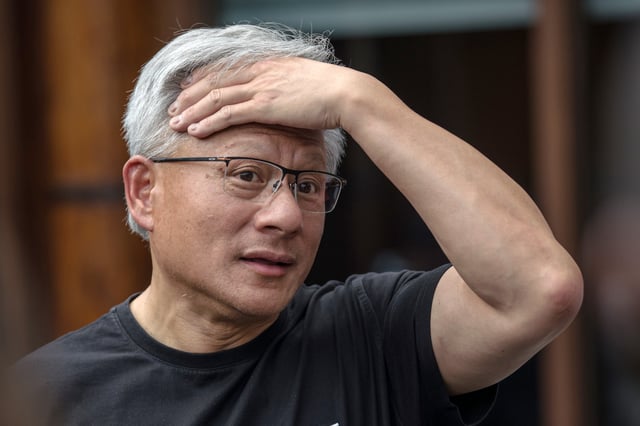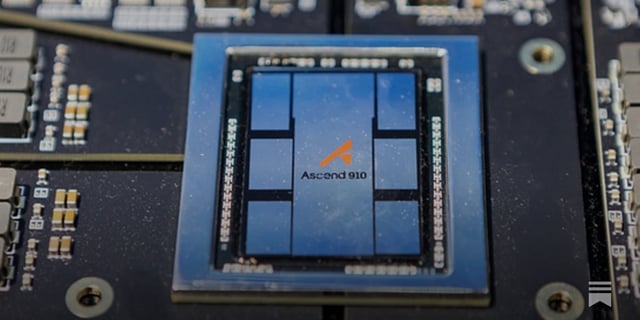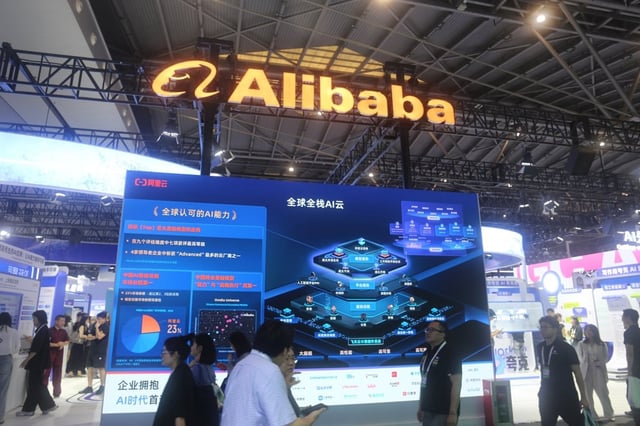Overview
- Jensen Huang said the United States leads in advanced chip design while China holds an energy edge and is near parity in infrastructure and models, with Chinese open-source systems described as well ahead.
- He underscored China’s scale advantage by noting massive power generation that supports energy-hungry AI data centers.
- He cautioned against dismissing Chinese chip capabilities, pointing to Huawei and entrepreneurial domestic startups building AI processors.
- He argued that outcomes will be determined at the application and diffusion layers, highlighting rapid deployment in China and a state goal for 70% AI adoption by 2027.
- He warned that isolating U.S. technology would cede global share to rivals, speaking shortly after Nvidia committed up to $100 billion to OpenAI to expand AI data centers.



